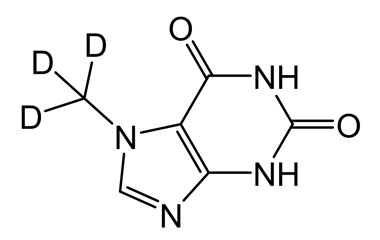xanthine and its Impurities
Xanthine is used for their effects as mild stimulants and as bronchodilators, notably in the treatment of asthma or influenza symptoms. It is an intermediate in the degradation of adenosine monophosphate to uric acid, being formed by oxidation of hypoxanthine. Reference standards of Xanthine API,and its pharmacopeial, non pharmacopeial impurities, and stable isotopes are listed below.


















